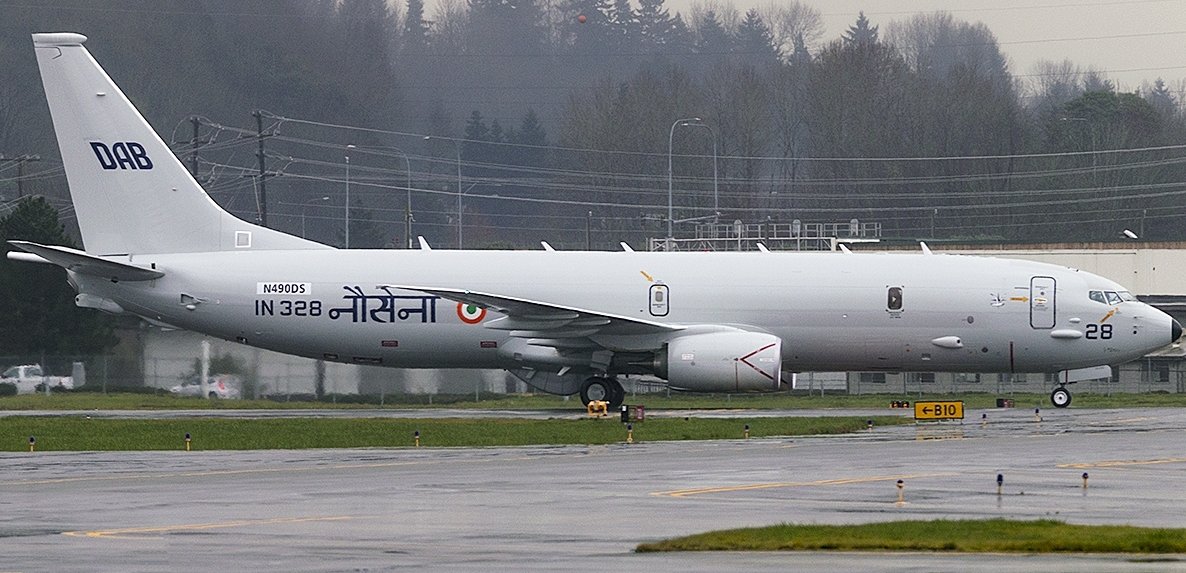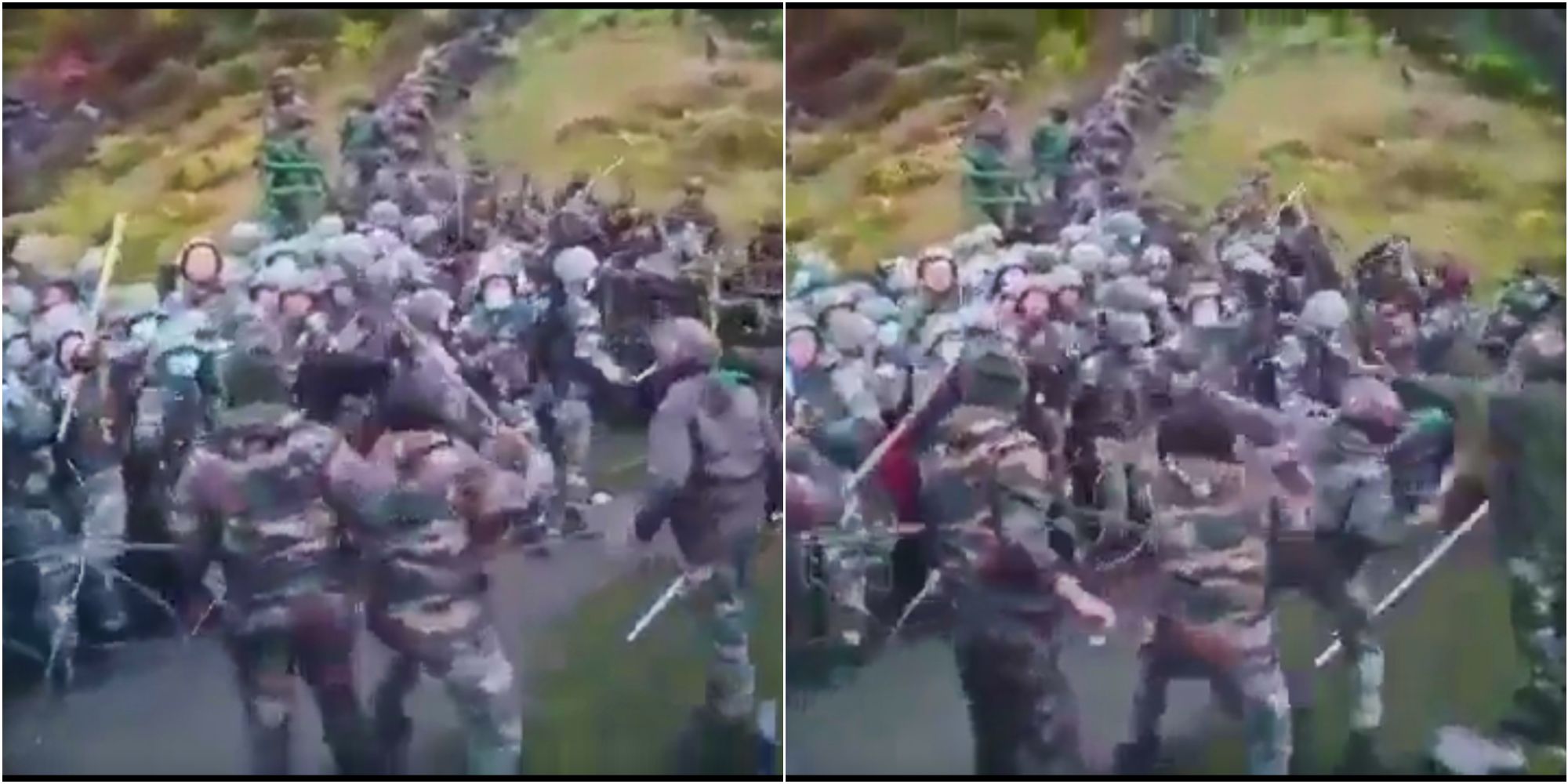The India-China dispute over the boundary has a resolute timeline – before the Galwan clash and after the Galwan clash. The Galwan Valley clash on June 15, 2020, was the first violent clash between the two countries’ militaries along the Line of Actual Control in over five decades and made the ties between the two Asian giants hit nadir.
The Indian Army lost 20 soldiers, along with a senior Colonel, and numerous casualties were reported, but only four confirmed, along the Chinese side as troops from both countries came head-to-head in the frigid heights of the Himalayas using DIY weapons as the two countries have not fired guns since 1967.
In the aftermath, the Indian armed forces swiftly took action to bulwark their position along the eastern sector.
The PLA build-up on the Chinese side has been massive. Galwan has been one of the trigger points of the 1962 war between India and China. In 2020, troops remained entrenched on their respective sides.
The Indian Armed Forces did not waste time and swung into action. Its entire transport fleet, including the C-130s and C-17s, was deployed. Challenging China, they airlifted 68,000 troops, 330 infantry vehicles, and over 90 tanks and artillery guns.
However, the lesser-known contribution has been from the Indian Navy, whose contribution to surveillance, reconnaissance, and fighting units helped the Indian forces gain parity with their belligerent neighbor.
Acting swiftly after the Galwan Valley clash on June 15 in Eastern Ladakh, the Indian Navy sailed out its frontline warship for deployment in the South China Sea, much to Beijing’s dismay. During the deployment, the Indian warship maintained contact with their American counterparts over secure communication lines.
In addition, the Indian Navy deployed its frontline vessels to the Malacca Straits near the Andaman and Nicobar Islands, a critical choke point from where a large number of Chinese merchant vessels traverse.
The IAF’s fighter jets were deployed to forward bases to prepare should the conflict escalate. Soon after May 2020, the IAF also deployed the Rafale, Su 30 MKIs, Mirage 2000s, and MiG-29s, among other fighter jets, in eastern Ladakh to carry out regular combat air patrols. The IAF equipped its MiG-29 fighters with the capability to fly at night from the Leh airbase, enabling the jets to conduct the full spectrum of operations at the LAC at short notice.
The Indian Navy also deployed its MiG-29K fighter jets to a forward Air Force base, most likely Leh, where they practiced missions for conflict over land and mountainous terrain to augment Indian air power.
Chinese intrusions had become common in the run-up to the Galwan clash. Seeking to thwart a similar attempt by the Chinese Navy in the Indian Ocean Region (IOR), the Indian Navy leased two MQ-9 Sea Guardian High Altitude Long Endurance (HALE) drones from the US in 2020 to complete the “kill loop” by implementing the “seeker-to-shooter” concept.
The critical deployment of these remotely piloted vehicles has been in India’s north-east and Ladakh region, where Indian forces have confronted their Chinese counterparts for over three years.
The Indian Navy flew land missions along the LAC at the request of the Indian Army. It can achieve a flight ceiling of 50,000 feet and remain over a target continuously for 24 hours, giving the Indian armed forces the eyes in the sky that can see far and wide into the enemy territory.
Along with MQ-9s, the Indian Navy’s P-8I Maritime Patrol Aircraft was deployed along the LAC in Eastern Ladakh. Termed a game changer, the aircraft proved instrumental in ground and air surveillance, espionage, and offensive operations.
The aircraft is equipped with a Raytheon-developed AN/APY-10 radar system. This cutting-edge radar gives the aircraft powerful monitoring capabilities, even in adverse weather conditions. During the Ladakh clash with China, the aircraft were strategically deployed to provide a clear view of Chinese activities.

When Clashes Rocked India-China Ties Two Days Before Xi Jinping’s Birthday
The clash between Indian and Chinese troops began at around 7 pm on June 15 in the Galwan Valley when an Indian Army posse of about 50 soldiers, led by Colonel Santosh Babu, reached a contested site near what is known as Patrol Point 14.
The Indian soldiers were unarmed as part of the established protocol between the two countries. Troops patrolling the disputed border are not supposed to carry guns and either do not carry guns or, if they do, keep them slung on their backs with the magazines in pouches.

When the Indian soldiers confronted the Chinese soldiers about their continued presence in the region, the situation escalated swiftly, and the two sides were locked in hand-to-hand fighting.
It triggered a 7-hour-long violent face-off with reinforcements reaching from both sides. Stones were thrown, and iron rods and nail-studded clubs were used as soldiers from both sides fell into the river. Their bodies were retrieved later.
The clash went on well beyond midnight. About 500 soldiers from both sides were involved in the clash.
General MM Naravane was the Indian Army Chief during the 2020 Galwan Clash. His memoirs, Four Stars of Destiny, were slated for release in 2024. The media reports enumerated unprecedented details about the skirmish between the two forces on the night of June 15, 2020.
General Naravane writes that Chinese President Xi Jinping will not forget June 16 any time soon as China’s People’s Liberation Army suffered “fatal casualties” for the first time in over two decades in the fighting.
“June 16 is (Chinese President) Xi Jinping’s birthday. This is not a day he will forget any time soon. For the first time in over two decades, the Chinese and the PLA had suffered fatal casualties,” Naravane wrote.
Major General Mandip Singh (retired) echoes a similar opinion. He contends that China lost big time militarily, economically, and diplomatically while nudging India towards bulwarking its defenses in the eastern sector.
“Militarily, aside from the loss of 43 soldiers, China faced the wrath of their families back home. At least one of the four decorated soldiers was given the flag to be carried at the Winter Olympics to placate the irate veterans, who wanted closure. But more importantly, the PLA was forced to deploy 50,000 additional troops permanently along the LAC, something they hadn’t done for 60 years,” the Indian Army veteran added.
The clash four years earlier has also spurred the Indian defense establishment into an infrastructure development spree along the LAC. Modernization of the Indian armed forces has also been undertaken, along with a shifting focus from the Pakistan border towards the border with China.
- Ritu Sharma has been a journalist for over a decade, writing on defense, foreign affairs, and nuclear technology.
- The author can be reached at ritu.sharma (at) mail.com
- Follow EurAsian Times on Google News





